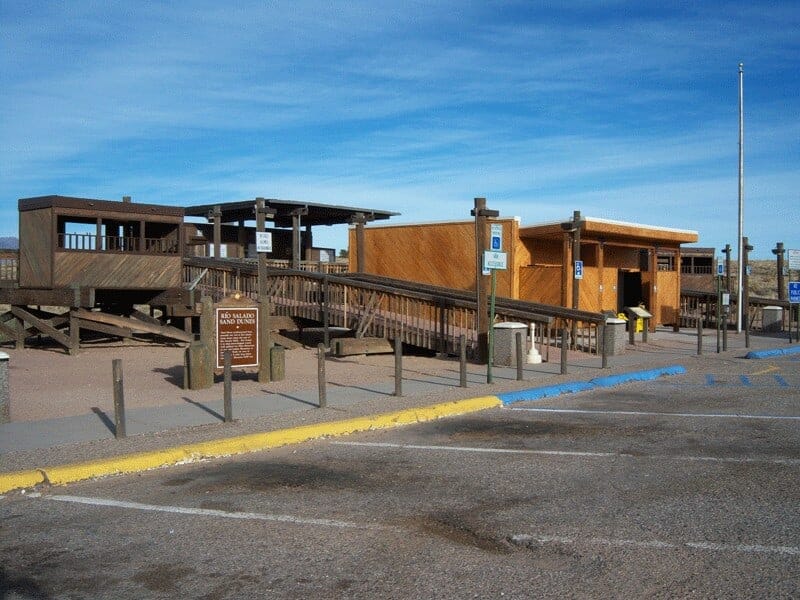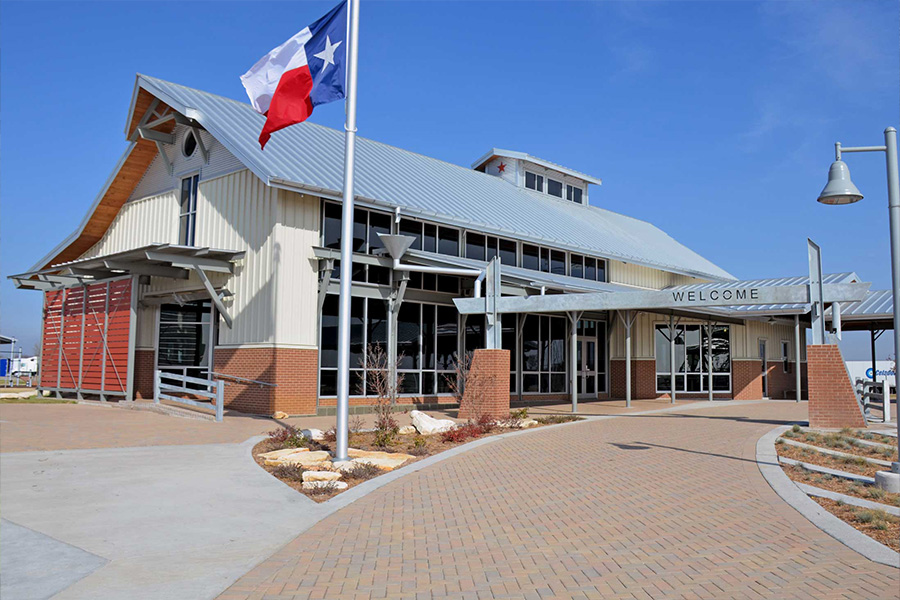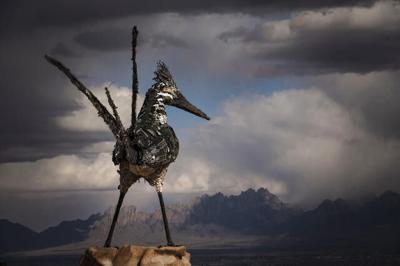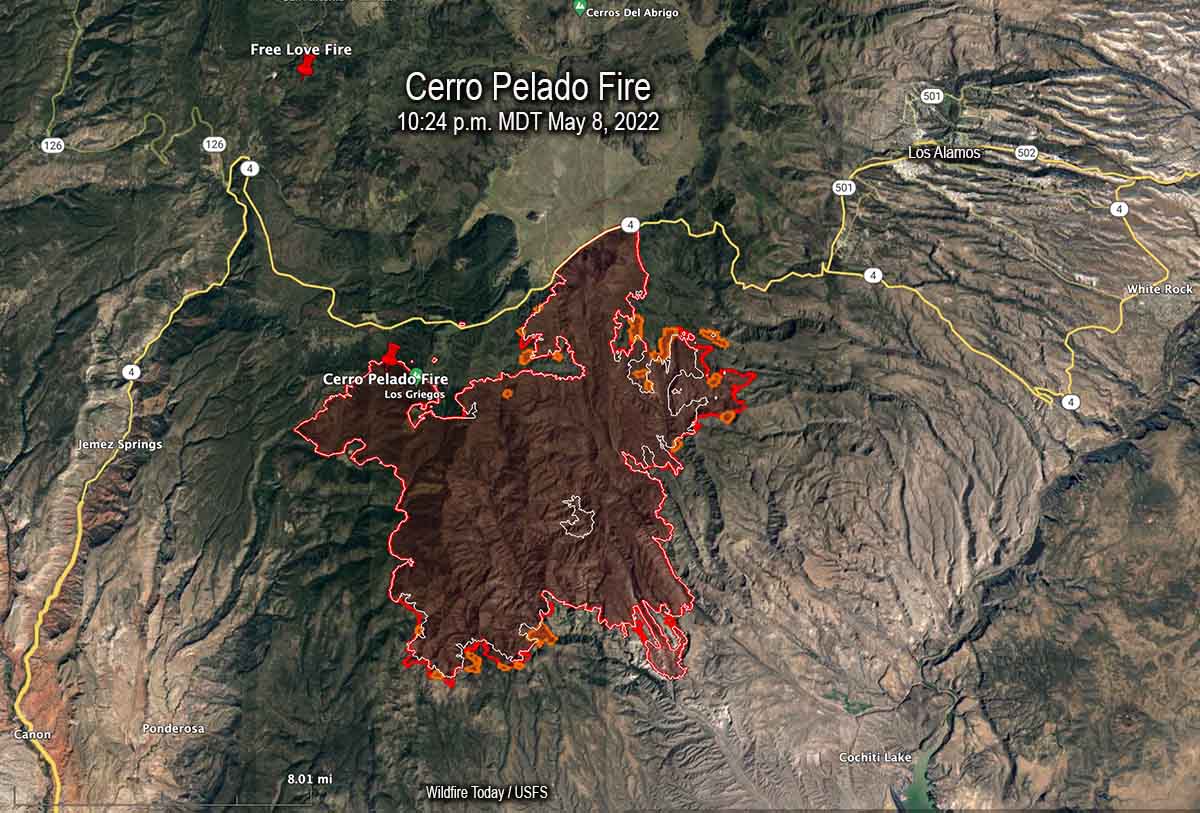BernCo’s property tax assessor’s curious game
08.08.2023
Property tax assessment is a an oft-overlooked elected position that can have big impacts on the affordability of both commercial and residential real estate. A recent KRQE story did a bare bones job highlighting the fact that changes to real estate valuations could be coming, but Downtown Action News is the source for much of what is contained in this post. Unfortunately this article is not available online currently. Here are a few details.
Assessor Lara seems to think that increasing property taxes by assessing unused properties and parking lots in the downtown core will encourage owners to sell them or use them.
As quoted in DAN, “Particularly for the ones (properties) Downtown, it’s mostly corporations, investors, or something like that,” Lara said. The attitude is “I don’t have to do anything but wait and since I’m not paying anything on property taxes – because the property is not worth very much – I can just wait until it is and sell it.”
One line in particular grabbed our attention in the article, Lara said, non-residential property valuations have gone up by 4.5 percent overall over the last decade. During that same time period, residential has gone up by a whopping 42 percent, despite the fact that it is usually subject to a 3 percent annual cap.
We have thoughts:
- Businesses can’t believe they are getting a good “bang” for their property tax buck given the ongoing public safety issues. It would seem that solving those safety issues might also result in those commercial properties being worth more (and thus paying higher taxes).
- Raising property tax assessments on commercial real estate COULD fail resulting in even more vacancies. On the other hand, if this idea does work and revenues do rise, it would seem that the County should reduce residential taxes which continue to skyrocket.
- The BEST way to make Albuquerque commercial real estate more valuable would be for the Legislature and Gov. to reform our broken tax code, address crime, and generally make New Mexico (and by extension downtown Albuquerque) a welcoming place for business and economic activity. Until that happens this is all just rearranging deck chairs.














 Opportunity for All Kids NM Conference
Opportunity for All Kids NM Conference






